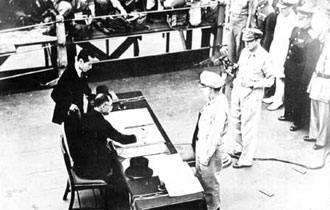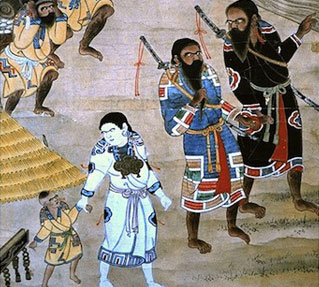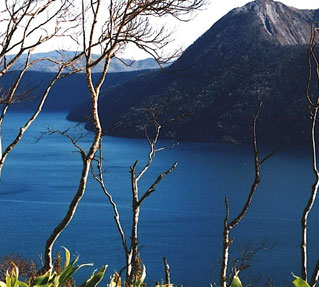Man'yōshū
("Collection of Ten Thousand Leaves"). The oldest existing, and most highly revered, collection of Japanese poetry, compiled sometime in the Nara or early Heian periods. The compiler, or the final in a series of compilers, is believed to be Otomo no Yakamochi, and the last datable poem in the collection is from 759. The collection is divided into twenty parts, mirroring a similar practice in collections of Chinese poems of the time. It contains 265 chōka (long poems), 4,207 tanka (short poems), 1 tanrenga (short connecting poem), 1 bussokusekika (poems on the Buddha's footprints at Yakushi temple in Nara), 4 kanshi (Chinese poems), and 22 Chinese prose passages. It is standard to regard the Man'yōshū as a particularly Japanese work because of its emphasizing primarily Yamato themes, especially the Shinto virtues of forthrightness and virility. In addition to its artistic merits, the Man'yōshū is important for using one of the earliest Japanese writing systems, the cumbersome man'yōgana. Though it wasn't the first use of this writing system, which was invented for the Kojiki, it was influential enough to give the writing system its name: "the characters of the Man'yōshū". This system uses Chinese characters in a variety of functions. The use of Chinese characters to represent Japanese syllables was in fact the genesis of the modern syllabic kana writing systems, being simplified forms (hiragana) or fragments (katakana) of the man'yōgana. (from Wikipedia)
There is currently no content classified with this term.











